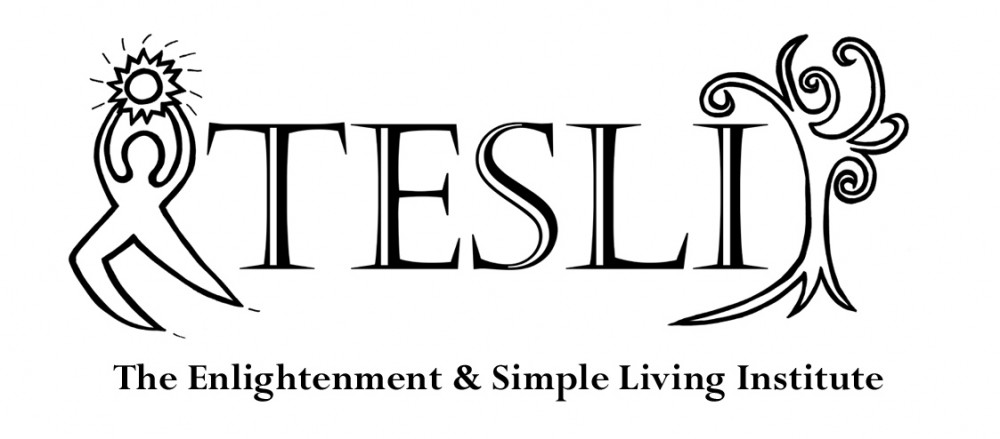School just started up again and I’ve been busy with my Pharmacology of Addiction class. The ideas presented in class have been bringing up a lot of thoughts regarding the biochemical changes that could be occurring during the dark night of the senses (St. John the Cross – Catholic) and the releasing of the fetters of craving that is part of second path (Stages of Enlightenment – Theravada Buddhism). Needless to say, I’ve been having a lot of thoughts trying to put the pieces together in away that I can talk/write about them.
In the class we are being taught how substance use changes the brain in fundamental and long-lasting ways. Some of the researchers are suggesting the changes may be permanent, but we know this cannot possibly be true. Healing techniques like ThetaHealing and the testimony of enlightened beings demonstrate that everything can be healed and changed. Very few things are permanent and unchanging. And all changing things only last a moment before most of them are recreated again.
What changes in the brain with drug use?
First, the substance being used becomes a salient focus. This is because the substance is such a good activator of the pleasure and reward system (or mesolimbic dopamine system) in the brain. After we start using a drug it changes our brain. In any environment we find ourselves, we notice our drug of choice and associated things effortlessly and they will begin to occupy more and more of our attention. This is what I mean by the substance becoming a salient focus. This change isn’t because of a conscious shift. It is a biological shift. The biochemical and neurological changes the substance creates in the brain result in compulsive and uncontrollable drug seeking behavior. Interesting and scary!
Increased dopamine leads to pleasure, and normally we release dopamine when we do normal activities that are pleasurable: being with people we love, eating good food, and doing enjoyable activities. However, drugs are such powerful stimulators of the pleasure circuit that they decrease our endogenously produced dopamine. This means that they exhaust our dopamine stores and our ability to produce more dopamine.
This reduction in dopamine results in two things. First using the drug no longer gets us “high”. Long term we become dependent of the drug just to keep us feeling normal. We have to hit that pleasure center hard in order to get any pleasure feelings once we’ve adapted to using. The second problem is that if we stop using the drug it may take over a year to reestablish normal dopamine. This means we will not get pleasure out of activities that gave us pleasure before we started using our drug of choice. We have to recalibrate. During the recalibration period we will feel depressed and if we are not aware of the “detox” process we are going through we may become quite hopeless.
The other intriguing part of the addiction and craving process is the development of condition responses and memory. An example of a condition response would be getting cravings when driving though a neighborhood where you used to use or obtain the substance you used. A condition response includes not just flashbacks, but also biochemical changes in the body.
I remember the first time I had non-alcoholic wine when I was abstaining from alcohol. I was shocked when my body reacted by having some of the same feelings as if I was buzzed. Now, some people think this is because the label claims that there may be 0.5% alcohol in the bottle. These people claim I really am having alcohol. This is not true. I was a wine chemist at the time and I personally knew that that bottle didn’t have any appreciable alcohol. I was experiencing a conditioned response. Further, I’ve always used alcoholic tinctures which were made of high proof alcohol without any noticeable effects.
Here is another interesting point made in the class in regards to conditioning to drug use. An addict that always shoots up in a certain environment may overdose if they shoot up in a novel environment. This is because the body “knows” that in the first environment the drug is coming and before it enters the veins the body has ramped up to detoxify it. In the new environment the body is not prepared to handle the dose and that may result in death.
What is especially relevant is that the drug addiction process is really just a dramatization of the problems that most people take as normal. Most people’s predicament is that they crave and seek out things that are pleasurable and crave that things that are unpleasant will end. The drug addict will lie, cheat, steal, and harm others to get what they want. However, that is the same list that the “average” person is dealing with. The drug addict may do this list in a more dramatic fashion, but I know “average” people that will tell a “white” lie to get a job, will not tell the teller at check-out when she forgets to ring up a purchase and will call people names when they are feeling uncomfortable.
It seems to me that addictive and “non-addictive” cravings control most human behavior. The problem is just on a continuum. It would seem the solution could be similar as well. And if the pharmacologists are right, it is going to require some major rewiring.
